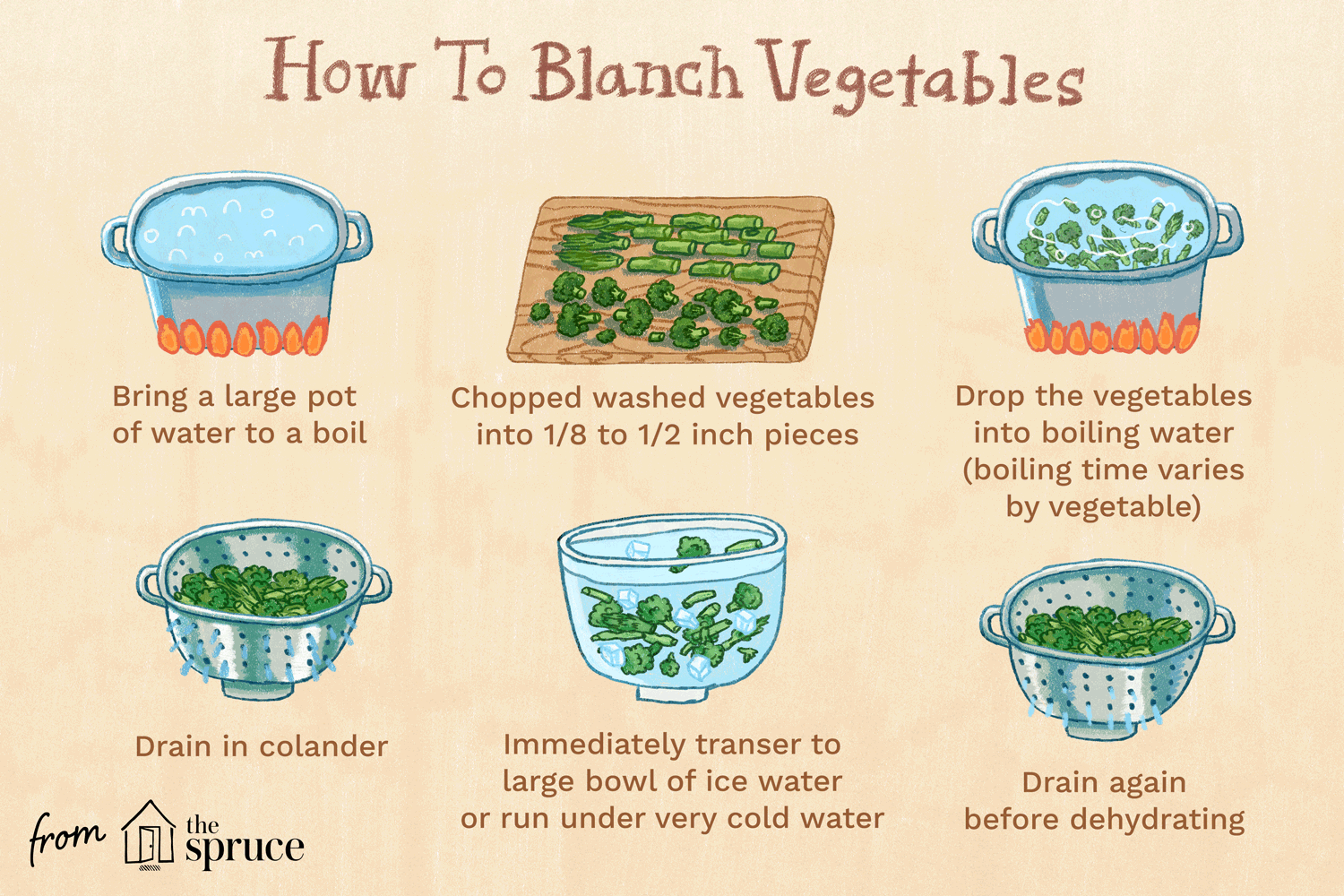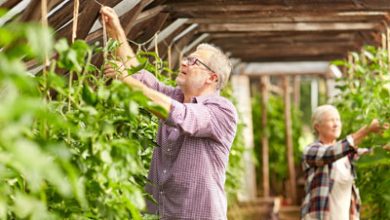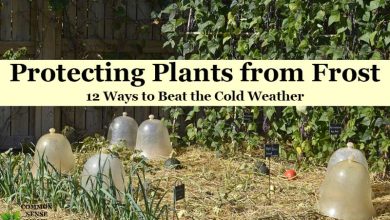Organic garden at home: What is needed to start cultivating
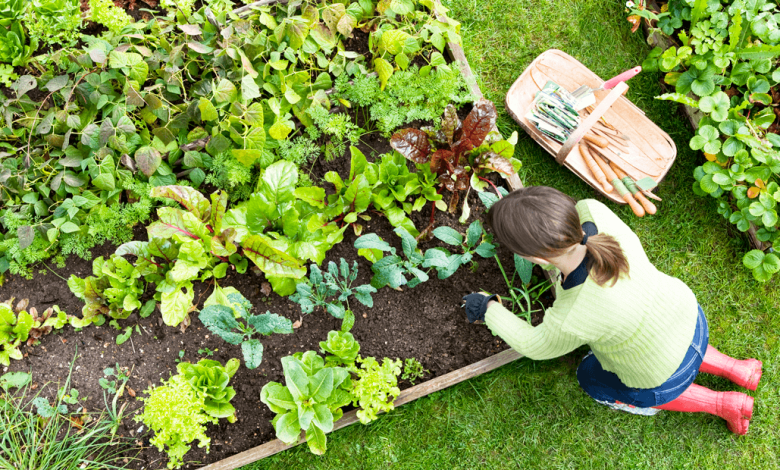
Urban gardens are currently becoming fashionable. Every time we find more orchards on rooftops, flowerpots on balconies, vertical orchards … Some with an aesthetic purpose, to beautify the city landscape, and many others for personal consumption. Growing an organic garden at home helps us to obtain quality and healthy food at a cheaper price. In these times of crisis they can be a good alternative to eat healthy without attacking the pocket too much.
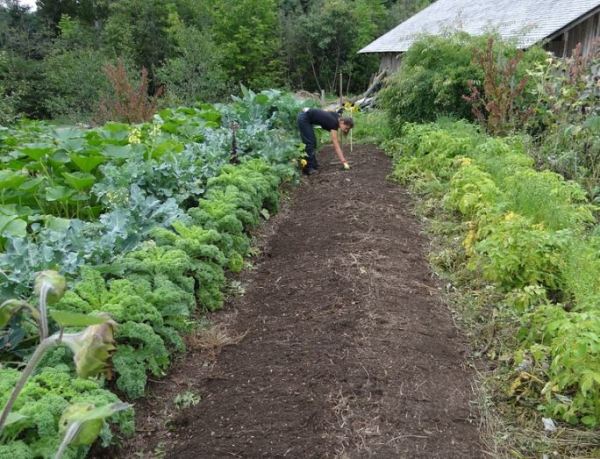
organic gardens
Without a doubt, there are innumerable benefits that having a garden brings us. In an organic garden at home we can plant from conventional vegetables to all kinds of aromatic plants , wild plants and edible flowers creating a microenvironment where you can enjoy nature. They will also please us with their colors, textures and fresh aromas.
It’s easy to create your own organic garden at home. No previous knowledge is required (in Agrohuerto we will try to teach you everything), nor large extensions of land. Having a simple balcony, roof terrace or terrace is enough to create it.
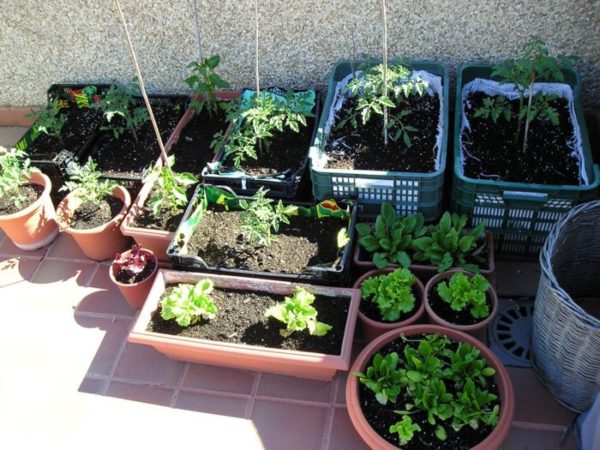
What is needed to have an organic garden at home?
To cultivate an organic garden at home we need 5 basic elements:
Light: an essential factor
Choose a place that receives sunlight for at least 6 hours a day. Light is essential because the success of an orchard lies in the phenomenon of photosynthesis. It is recommended to orient the garden towards the south, which is the orientation that receives the most solar radiation. If the terrace or balcony does not receive direct sunlight, we can use a white wall to reflect the radiation. The amount of sunlight they need will depend on the species, there are plants that need a lot of light such as tomatoes, cucumbers or aubergines and plants that do not require as much light such as spinach, endive, Swiss chard or cabbage.
Water
Like light, water is essential for plants to grow, but you have to water the right amount, because not watering enough is so bad, since the plants would not develop properly and would become hard as if they were too much. which would generate problems of parasitic fungi and rot.
To irrigate we can do it in the traditional way, with a watering can or using a drip irrigation system with which we would save a lot of water, would help maintain the humidity level and would allow us to be absent for long periods of time without our orchard suffering from lack irrigation. But there are other irrigation systems that we can use to irrigate the garden.
Substratum
We need a substrate that provides porosity, lightness and nutrients, so we need an organic fertilizer. Compost is a natural and ecological fertilizer with high quality fertilizer. For the ecological subscriber, a mixture of earthworm humus and coconut fiber is also recommended, which will provide the necessary properties so that the plants can develop correctly and without any problem.
culture vessels
It is necessary to use them to place the substrate that we are going to use to later sow the seeds. It can have any shape and size as long as it is suitable for the type of crop that we are going to manage.
We must make sure that the containers that we ultimately use to carry out the task have adequate drainage. The types that are mainly used are flower pots, wooden crates, etc. Cultivation tables are an ideal solution as they adapt very well to small spaces and allow crops to fully develop.
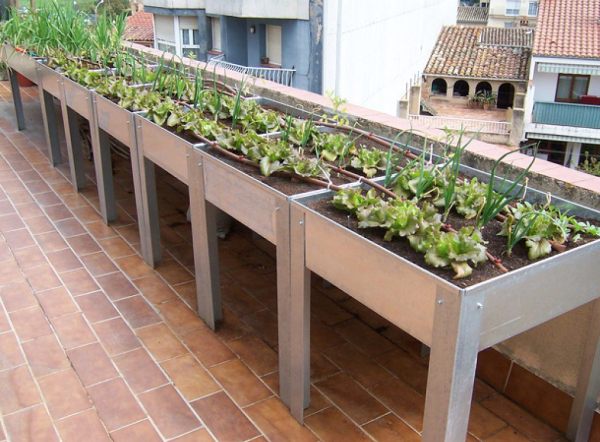
Seeds
They are the star elements since through them life will emerge in our small orchard. It is better to buy seeds with organic production certification than in a nursery where the plants are devitalized by the excessive use of chemical fertilizers and pesticides.
We can buy seeds with organic production certification in herbalists, also on the internet or in the organic seed exchange networks promoted by some organic farming associations.
Another option, from the second year with our garden at home, is to obtain your own seeds, from fruits that you yourself have harvested in the garden.
Planting and harvesting in the organic garden
Before sowing we must respect the sowing times. At the time of sowing, it can be done in two ways: directly in the definitive place where they are going to develop or in a seedbed.
If it is directly, as its name suggests, we will make a small hole in which the seeds will be deposited. When these begin to germinate, the weakest should be eliminated and the strong ones left.
In the nursery it is usually used to sow the weakest seeds such as those of pepper or lettuce that need more protection in their development. Then it will have to be transferred to its final place.
Once the vegetables and plants are ripe, it is time to harvest, which is a very satisfying activity as we collect the products of our own work and effort.
original orchards
Vertical gardens, apart from being very original and attractive, are also a solution to the reduced space of cities. It is an innovative system that allows us to grow decorative, aromatic or culinary plants. There are also other types of decorative gardens and stylish gardens that can serve as an aesthetic tool in addition to providing us with delicious organic food.

